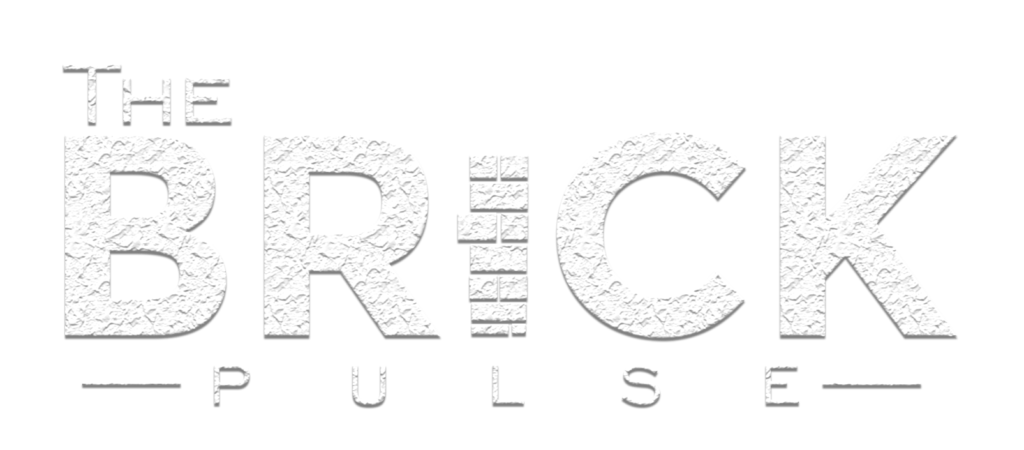
When handling a mandate project in real estate, your marketing approach determines how effectively you position the development, attract the right buyers, and deliver conversions. A successful mandate campaign combines data-driven insights, creative storytelling, and strong relationship management.
1. Project Understanding & Positioning
Before any campaign begins, clarity is key.
•Research & Analysis: Understand the project’s USPs, target audience, and competitive landscape.
•Positioning Statement: Define what sets the project apart — whether it’s pricing, location advantage, lifestyle offering, or developer brand.
•Buyer Persona Creation: Identify your key buyer segments — end users, investors, or NRI buyers — and tailor communication accordingly.
2. Pre-Launch Strategy
Building curiosity before launch creates momentum.
•Teaser Campaigns: Use short, impactful visuals and taglines to build intrigue (e.g., “Something Iconic is Coming to Kalyan…”).
•Internal Team Awareness: Train your sales and channel partner teams with project details, USPs, and pricing strategies.
•Database Warm-up: Start with existing leads from similar micro-markets and update them about the upcoming project.
3. Digital Marketing Focus
The digital front drives visibility and engagement.
•Performance Campaigns: Run targeted Facebook, Google, and Instagram ads focused on verified audiences.
•Landing Page & Lead Funnel: Create a conversion-optimized landing page with clear CTAs and engaging content.
•Retargeting Ads: Use retargeting to bring back site visitors who didn’t convert.
•SEO & Content: Optimize the project microsite for location-based searches (e.g., “2BHK in Thane near Metro”).
•Email & WhatsApp Automation: Automate follow-ups with personalized messages to nurture leads.
4. Offline & On-Ground Marketing
Mandate success also depends on strong field execution.
•Site Branding: Set up impactful hoardings, site branding, and walk-in experience zones.
•Channel Partner Engagement: Conduct CP meets, training sessions, and incentive programs to boost partner participation.
•Event Marketing: Organize launch events, festive offers, and “by-invite” previews for exclusivity.
•Local Marketing: Use newspaper inserts, banners, and kiosk activations for hyperlocal awareness.
5. Strategic Communication
Consistency in messaging builds trust and recall.
•Unified Brand Voice: All touchpoints — digital, print, and verbal — should communicate one strong identity.
•Storytelling: Focus on lifestyle, emotional connection, and long-term value rather than just price.
•Customer Testimonials: Use social proof through video stories and reviews from early buyers.
6. Data & Conversion Optimization
The strength of a mandate lies in how efficiently leads are converted.
•CRM Management: Track every lead journey from inquiry to site visit to booking.
•Performance Analytics: Monitor cost per lead (CPL), cost per booking (CPB), and lead-to-site-visit ratios.
•Sales Collaboration: Ensure the marketing and sales teams sync regularly for better closure rates.
7. Post-Launch & Sustenance
Momentum must be maintained even after the initial buzz.
•Re-marketing Campaigns: Keep pushing new offers, payment plans, or inventory highlights.
•Festive & Milestone Offers: Leverage festive seasons or construction updates for renewed interest.
•Customer Referral Programs: Encourage buyers to refer friends and family through rewards or benefits.
Conclusion
A mandate is not just a marketing project — it’s a strategic partnership between developer and marketing partner. The success lies in planning, agility, and execution consistency. The goal is to create brand equity for the developer, high visibility for the project, and strong conversion ratios for mutual growth.



